Written By: Brad Campbell | December 19, 2023
Throughout the years, there have been several major events that have caused federal facilities to reassess their security. The January 6, 2021 Capitol Riot is just the latest, causing renewed interest in federal building security.
Even with many security upgrades made to federal buildings over the past 25 years or so, the riot at the Capitol Building made it clear that there is still much room for improvement.
In this article, we’ll first take a brief look at why and how federal facilities have worked to increase security over the years. We’ll then go into some more detail on how federal buildings could improve their glass security, specifically using Riot Glass® and ArmorPlast security glazing solutions.
There are thousands of government-owned buildings and spaces leased by the federal government spread throughout the 50 states, as well as in U.S. overseas territories.

These buildings house over two million federal employees and host millions of visitors each year. The security of federal buildings is of the utmost importance to keep these workers and guests safe and ensure that the U.S. government is able to operate peacefully.
As with all types of commercial facilities, government buildings face a variety of external threats.
Many of the security upgrades made to federal buildings over the years have been a result of unfortunate violent incidents that have targeted government facilities.
For example, after the Oklahoma City bomb attack that destroyed the Murrah Federal Building and killed 168 individuals, the U.S. General Services Administration (GSA) set out to greatly increase the security of all facilities under its control.
Today, government facilities controlled by the GSA are rated from Level 1 to Level 4 in terms of security requirements, with Level 4 buildings needing the most security measures and Level 1 buildings needing the fewest.
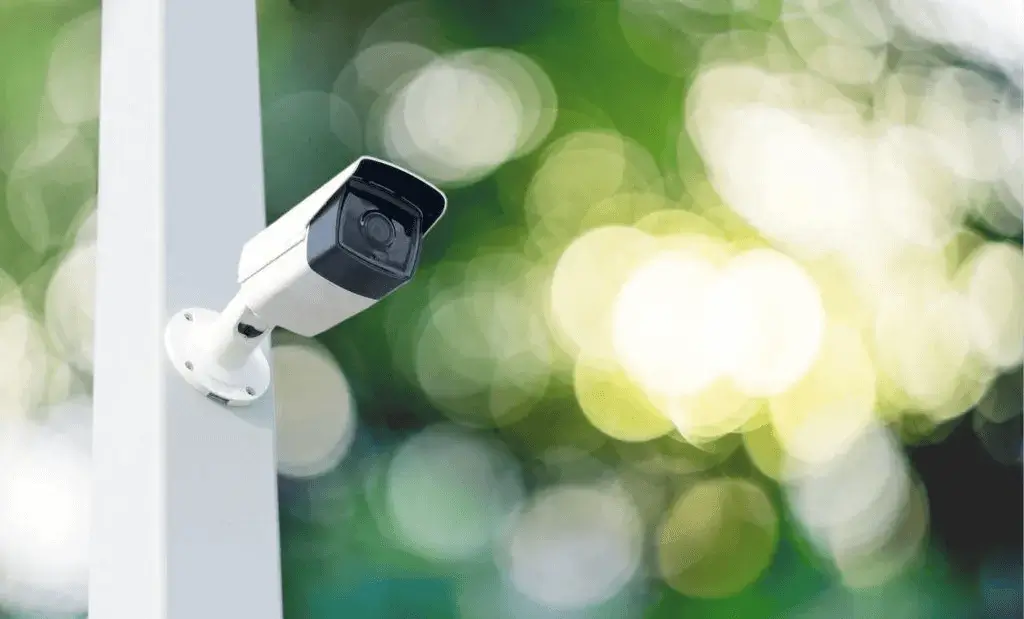
The numbers do show that criminal activity has decreased on federal properties since 1995, but there are still many inconsistencies in security and room for improvements to be made — the Capitol Building riot is a prime example of this.
Despite all the security measures in the Capitol, such as uniformed police, security guards, surveillance cameras, and controlled-access entry points, an angry mob of rioters was still able to enter the building.
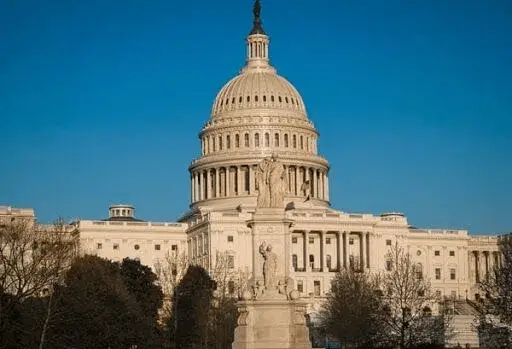
There are, of course, many reasons why this was allowed to happen, but one of the big ones is that the Capitol Building does not have a high level of physical security, especially when it comes to the building’s glass.
In any type of facility, the building’s glass doors and windows are its most vulnerable potential entry points. So, in order to keep rioters and other criminals out of a building, you have to reinforce the glass with something that creates an actual physical barrier to forced entry.
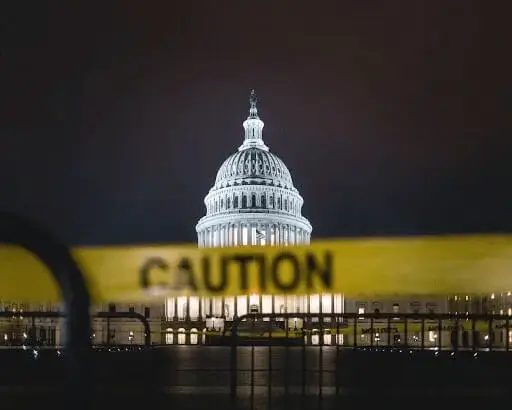
Let’s take a look at one such way to do so: Riot Glass and ArmorPlast security glazing solutions.
ArmorPlast is an abrasion- and UV-resistant polycarbonate-based sheeting, designed to fit into or onto existing glass door and window openings using proprietary retrofittable framing adapters.
Once installed, these glazing shields protect against forced entry, rioting and looting, active threats, blast damage, storm damage, and more.
In short, ArmorPlast protects the existing window and door glass against all impact-related threats, whether accidental, intentional, or caused by mother nature.
These sheets have a glass-like surface hardness and appearance, combined with the virtually unbreakable strength of specific combinations of polycarbonates, acrylics, and other plastics.
ArmorPlast is available in different thicknesses and strengths, from containment-grade (non-ballistic) to ballistic-grade glazing shields with varying UL 752 (ballistic resistance) ratings. This versatility makes ArmorPlast highly adaptable to different security applications, especially in terms of federal building security.
For many security applications where bullet resistance is not required, we recommend ArmorPlast AP25. This is an entry-level containment-grade glazing shield, meaning that bullets can pass through it, but it won’t appreciably diminish in strength or break apart, even if riddled with bullets during a prolonged, determined attack.
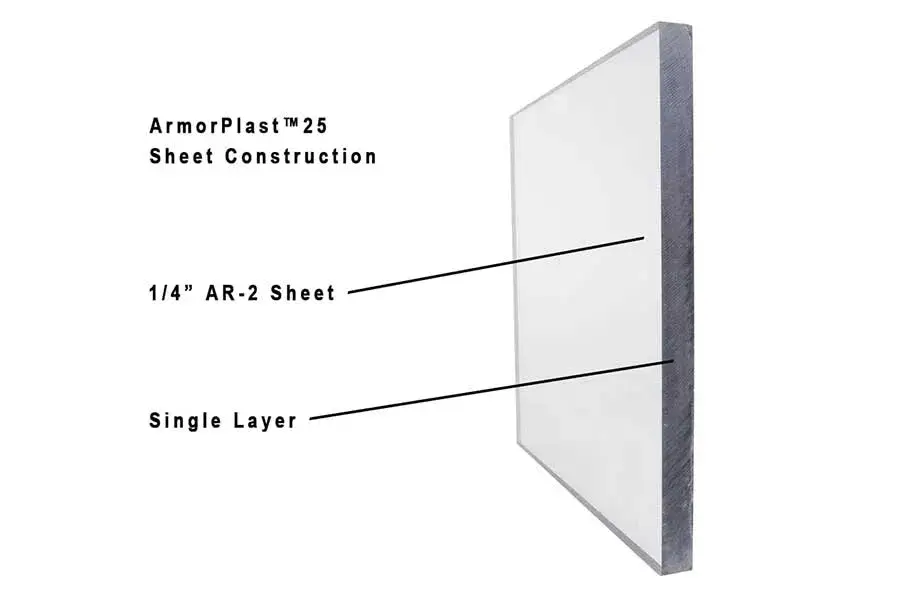
This strength means that even if rioters are armed with guns, as some were during the January 6 Capitol riot, they won’t be able to shoot their way through the panels. AP25 can be penetrated with bullets, hit with forced entry tools, or impacted by thrown objects and still remain a barrier to entry.
On the other hand, for high-security government facilities where bullet-resistant windows and doors are required, there are various levels of ballistic-grade ArmorPlast glazing shields available.
ArmorPlast can stop several rounds from specific types of firearms commonly used in active threat scenarios. The number of rounds and type of firearm it can resist is specified by the bullet-resistant security glazing’s UL 752 rating.
For example, ArmorPlast AP75 has a UL 752 Level 1 rating, meaning it can stop several 9mm handgun rounds.
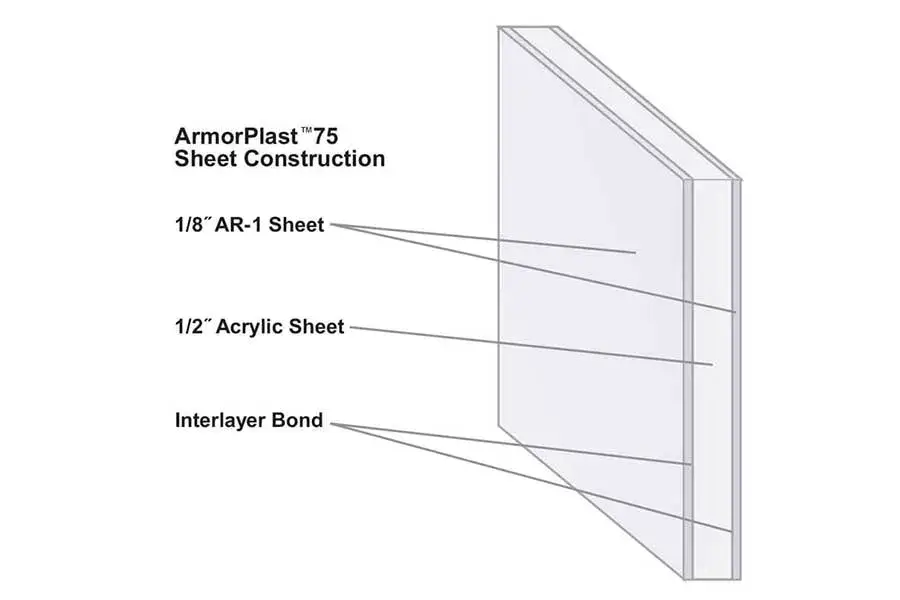
Choosing ArmorPlast over other types of safety and security glass products offers a huge advantage in that the specific formulations of polycarbonate and other plastics it uses make it much stronger and lighter than glass. Because of this, you may be able to use it for applications where thick, heavy security glass is not an option.
For example, many older, and especially historic buildings, such as the Capitol, do not have strong enough framing systems to support huge glass panels. However, something like AP25 may be a viable option because it is more lightweight and can be retrofitted onto a wide variety of existing frame types.
Some cases may require a more comprehensive solution different to simply retrofitting ArmorPlast glazing shields over existing glass.
For example, if you want to turn a glass entryway door into a virtually unbreakable, ballistic-grade security door, you may opt for a Riot Glass unbreakable door conversion.
This conversion process involves replacing the existing glass doors with a security door conversion unit consisting of ArmorPlast Gen II security framing and ballistic-grade ArmorPlast AP75 security glazing infills, which we discussed above.
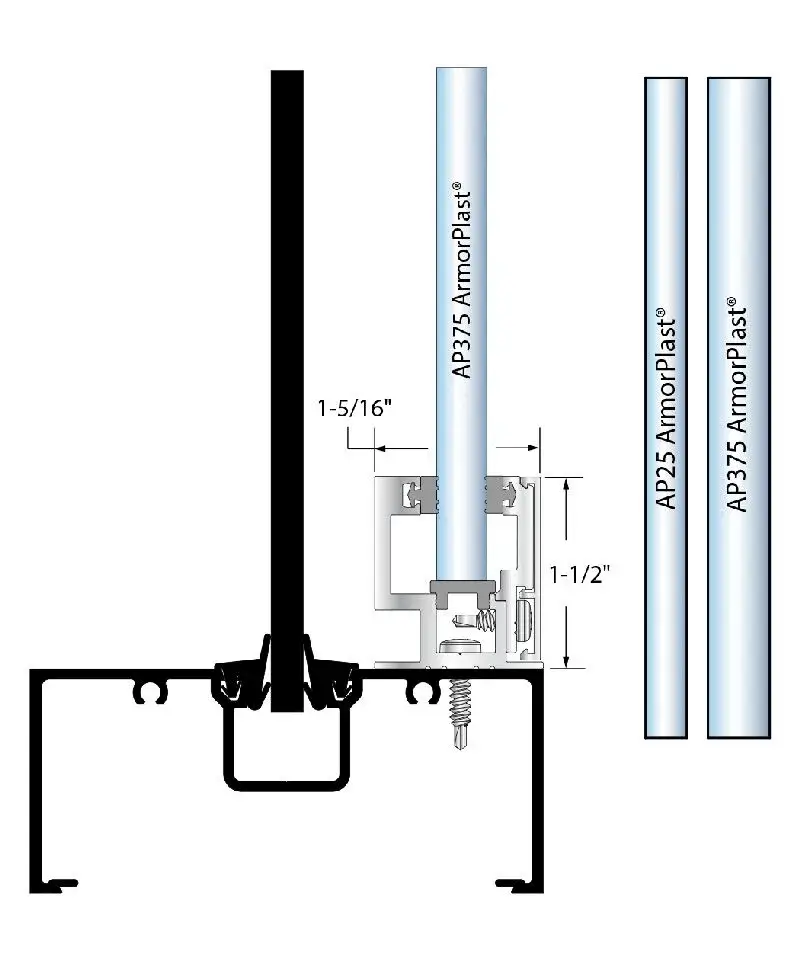
This specific combination of the Gen II framing and AP75 results in a virtually indestructible glass entryway door that can withstand even the most determined, violent forced entry attempts employing sledgehammers, bats, crowbars, and even firearms.
In fact, AP75 has passed the ASTM F3038 forced entry test, which is equivalent to the U.S. State Department’s forced entry testing standard, making it ideal for hardening federal building security. This test simulates an angry mob of attackers trying to force entry over a prolonged period.
Simply stated, would-be intruders can try as hard as they like — they aren’t getting through this secure entryway door system.
Riot Glass also offers glass-clad polycarbonate (GCP) bullet-resistant security glazing solutions, which can be used to replace (or in some cases be retrofitted over) existing building glass, providing even more protection against ballistic attacks in government buildings.
This GCP glazing is available with ballistic resistance ratings up to UL 752 Level 8, meaning it can stop a multi-shot attack from an AK-47 assault rifle using military-grade rounds.
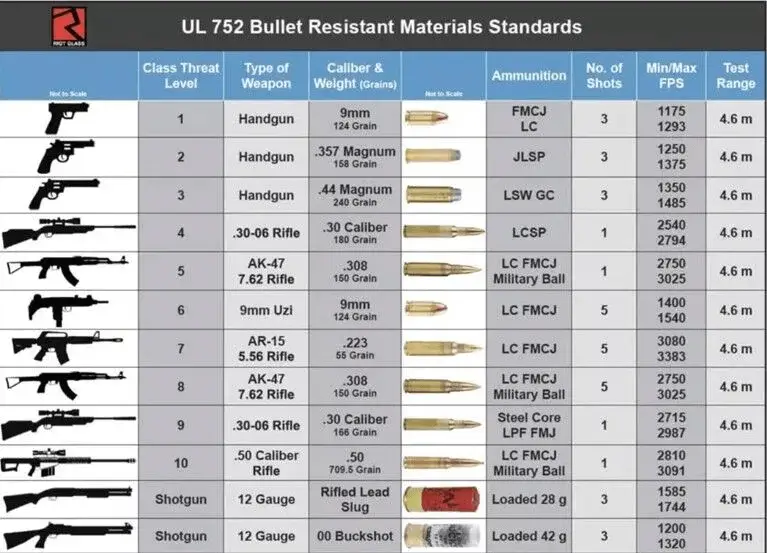
Government buildings and other high-security facilities face a wide variety of criminal threats. Whether it’s a riot or an active threat, these scenarios can unfold when least expected.
That’s why it’s so important for these types of facilities to have a comprehensive system of security measures in place, including physical security measures.
Security guards, controlled entry points, and monitored surveillance are all great deterrents to criminal activity, but they don’t create a physical barrier to entry over vulnerable doors and windows — that’s where Riot Glass and ArmorPlast come in.
By choosing the appropriate combination of security glazing solutions for your facility, you can protect people and property against a full range of security threats, including vandalism, forced entry, burglary, rioting and looting, active threats, terrorist attacks, and extreme weather events.
Contact us today for a free consultation on using Riot Glass and ArmorPlast to fortify a government building or any other commercial facility.

HOW CAN WE HELP YOU?
